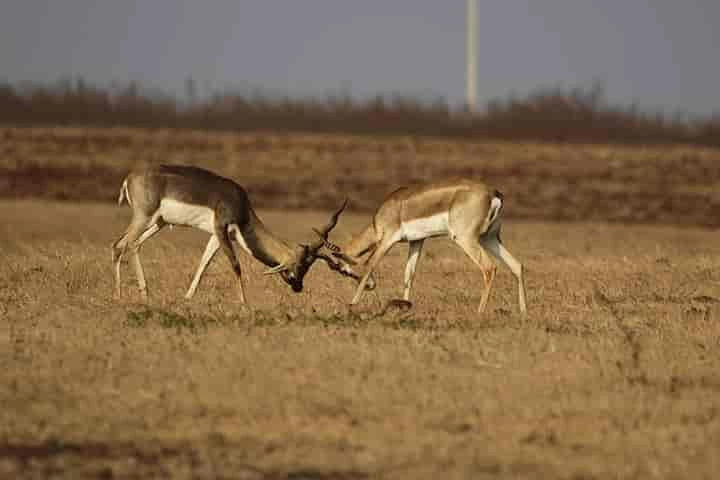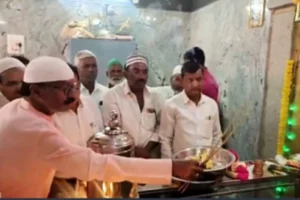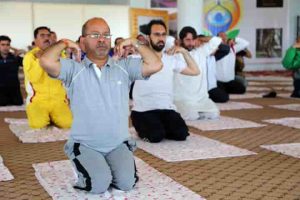It is an encouraging sign for conservation when local communities unite to ask for a wildlife reserve to be set up and this is happening in Vijayapura in Karnataka. People here are asking for a part of the revenue land to be merged with private lands and declared as a blackbuck community reserve.
In case this proposal materialises it will be Karnataka’s second community reserve after Kokrebellur in Mandya district which protects birds. Further It will be the second community reserve for these antelopes in the country after one in Rajasthan where the Bishnoi community plays an important role.
Karnataka , home to various varities of habitats also hosts these beautiful animals in her grasslands. Black bucks. #wildkarnataka #blackbucks #wildlife #Videos #Karnataka #india #blackbucksanctury #protected #animals @mahesh_kar @dipika_bajpai@ParveenKaswan @aranya_kfd pic.twitter.com/sWGEvj3I0G
— Puttaradhya S (@Puttaradhya) February 11, 2021
Incidentally, the State has two blackbuck sanctuaries — Bankapur and Ranebennur.
Talking to the New Indian Express, Vanitha R, Deputy Conservator of Forests, Vijayapura said: “Usually it is the forest department which works on getting an area declared as a conservation or community reserve, but here it is the locals who are coming forward asking for it.”
A draft is being prepared by the Forest Department for the State Government for clearance of this project. The proposed reserve will cover 45 acres of revenue land in Balluli in Belagavi and also five villages spread across a 10-km radius.
Community reserve derives its strength from the involvement of locals for conservation.
The Section 36 of the Wildlife Protection Act, 1972, allows declaring an area as a community reserve by the Government which has been volunteered by a community or individuals and which is not part or falls within a national park or a sanctuary or a conservation reserve.
As to how these blackbucks arrived in this area there are interesting stories. According to some locals they came into being when a devotee left three of these animals near Siddeshwara temple and they have now grown into a sizable community. Others say that a herd arrived on its own and found it a safe place to live.




















